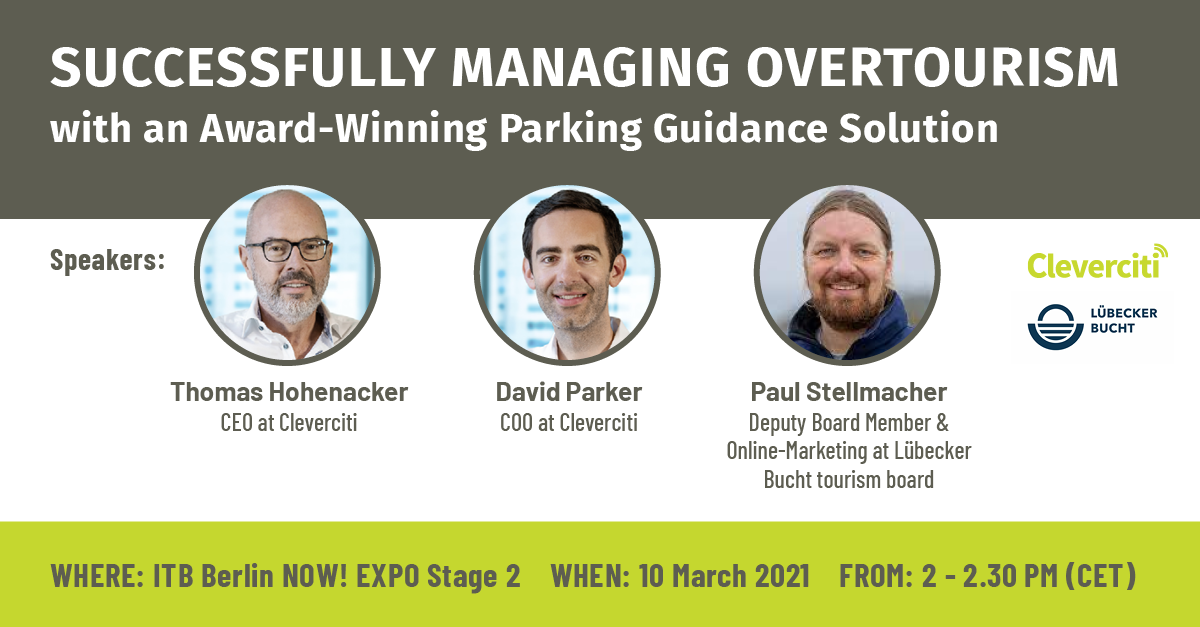Smart tourism makes a smart city
Smart tourism plays a key role in the development of smart cities, as initiatives to attract tourists can cause a significant increase in people and cars in even the smallest of towns. Smart solutions, such as smart parking, can make a good destination into a great destination.
Smart tourism in short
According to the European Capital of Smart Tourism Initiative, a smart tourism destination is:
“A destination facilitating access to tourism and hospitality products, services, spaces, and experiences through ICT-based tools. It is a healthy social and cultural environment, which can be found through a focus on the city’s social and human capital. It also implements innovative, intelligent solutions and fosters the development of entrepreneurial businesses and their interconnectedness.”
Smart tourism vs. Smart parking
Tourism causes traffic influx in popular tourist destinations resulting in rush hours with more and more people searching for parking spaces. Smart parking solutions detect parking space availability in real-time, helping to optimize on-street parking around busy areas.
The average tourist aims to park their vehicle in the city center or as close to major tourist attractions, such as beaches or ski resorts, as possible. The resulting search traffic not only increases congestion and traffic hazards but also influences the quality of life for residents and visitors alike. Smart parking solutions help reduce search traffic by providing turn-by-turn guidance navigating drivers to the most convenient (nearest) parking space.
The average driver spends ten to twenty minutes each time they search for a parking space—a waste of time and a serious stressor with a negative environmental impact. Smart parking solutions can remedy the situation and considerably enhance the experience that smart tourism provides.
Smart tourism in practice
Public-private partnership is essential when running a smart tourism initiative. A public-private partnership means that two or more public and private organizations make a long-term arrangement to work together. In other words, governments and businesses come together to complete a project or to provide services to the inhabitants. A great example of a public-private partnership is the project that Cleverciti did in collaboration with the tourism agency of the Lübeck Bay, where smart parking sensors were placed near the local beaches to measure occupancy and availability and guide the visitor to the nearest available spot. This project was honoured with the German Tourism Price 2020.
Other examples of smart tourism initiatives are a public water fountain locator as part of a tourism website, or an app that offers city tours with audio to be downloaded on the visitor’s own device. The great thing about smart tourism apps: they are not dependent on seasonality.
Want to know more about smart tourism? Read our article on the 7 future trends of smart tourism here.
If you would like to know how to turn your city into a smart tourism destination, then book a meeting with one of our smart parking experts by clicking the button below.















